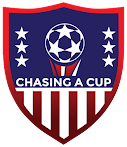

USMNT
What’s in a Resume?
Published
1 year agoon
Thomas Deschaine (@uskeeper on X and us_keeper on Instagram)
A look back at the full-time USMNT Manager’s resumes before they were hired
You can’t go anywhere on social media today without seeing passionate fans, former USMNT players, and media asking for Gregg Berhalter to be fired, and rightfully so after the USMNT was grouped at the 2024 Copa America. The USMNT became the first team since 1993 when the tournament went from a Round-Robin format to a Group Stage & Knockout Stage format to not make it out of the group stage.
Most fans are well aware of how, but maybe not why Gregg Berhalter was hired not once, but twice as the USMNT manager and continue to wonder why he was the chosen one due to his unimpressive resume.
History of the past Full-Time USMNT Managers
The USMNT hired its first full-time manager in 1976 a decade and a half after beating England 1-0 at the 1950 World Cup, during that stretch the USMNT would hire and fire 17 managers with only George Meyer being rehired who failed twice to qualify the USMNT for the World Cup.
Since 1976 the USMNT has also employed 17 managers three who have managed the national team multiple times and five who were caretakers.
Here’s a look at the resumes of the nine full-time managers at the time of being hired to lead the USMNT along with their records as national team manager.
Walter Chyzowych – July 1976 – November 1980
8 Wins, 10 Draws and 14 Losses, GF-26, GA-50

Walter Chyzowych’s coaching career started as the caretaker of the Philadelphia Textile in 1961 and he ended up coaching the team until 1975, during that time he was also an assistant for Philadelphia Ukrainian Nationals from 1971 to 1975.
In 1975 the U.S. Soccer Federation hired Chyzowych as their director of coaching a position he would hold until 1981. Chyzowych the first full-time USMNT manager would coach the national team for two World Cup cycles (1978 and 1982) failing to qualify for the World Cup both times. Chyzowych’s signature win came on the road against 21st ELO-ranked Hungary a 2-0 win on October 26, 1979. It’s also worth noting that Chyzowych’s older brother Eugene managed the USMNT for three matches in 1973.
Alketas ‘Alkis’ Panagoulias – January 1983 – June 1985
6 Wins, 7 Draws and 5 Losses, GF-19, GA-21

Panagoulias’s coaching career started in 1967 when he coached the New York Greek Americans to three consecutive National Challenge Cup titles in 1967, 1968, and 1969. In 1972 he was hired as the assistant coach for Greece under the legendary Billy Bingham of Northern Ireland. Panagoulias would be employed as the Greece national team manager in 1973. He would coach the Greece national team until 1981. Panagoulias would help Greece qualify for the UEFA Euro 1980, where they would fail to get out of the group.
In 1981 Panagoulias left the Greece national team and would coach Olympiacos for three seasons where he would win the Alpha Ethniki title in 1982 and 1983.
In 1983 US Soccer hired Panagoulias as the USMNT manager, at that time Panagoulias would manage the national team, Team America (1983), and the 1984 US Soccer Olympic team. Panagoulias would fail to qualify for the 1986 World Cup, but came very close to advancing to the final round of qualifying, but lost in a must-win home match to Costa Rice 1-0.
Bob Gansler – January 16, 1989 – February 23, 1991
15 Wins, 6 Draws and 16 Losses, GF-43, GA-41

The former USMNT defender held several coaching positions with the youth team from the mid-1970s until 1989 when he led the U-20 USYNT to fourth place at the 1989 FIFA World Youth Championship, while also serving as the head coach at the University of Wisconsin–Milwaukee men’s soccer team from 1984 through 1988. Gansler also coached the USMNT for one match in 1982, a 1-0 win against Trinidad & Tobago. Bob Gansler was the first USMNT manager in 40 years to qualify for the World Cup.
Bora Milutinović – March 27, 1991 – April 14, 1995
30 Wins, 31 Draws and 35 Losses, GF-116, GA-110

Bora started his coaching career in 1977 when he was hired as the manager of the UNAM Pumas where he coached until 1983. Bora would win two trophies as the UNAM manager of the Concacaf Champions League and Mexican Champion in the 1980/1981 season.
Bora would next become the Mexican National Team manager in 1983 and coach them at the 1986 World Cup hosted by Mexico. The team would finish sixth and end up losing in penalty kicks to West Germany, who would lose in the Final to Argentina.
After leaving Mexico in 1986 Bora would have a handful of other manager jobs in South and Central America and on short stint in Italy where he would coach Udinese nine matches.
Bora was hired as the Costa Rican National Team manager in 1990 and would coach them at the 1990 World Cup in Italy. Bora would once again get his team out of the group and into the knockout stage. Costa Rica would end up finishing 13th after losing to Czechoslovakia 4-1 in the Round of 16
Steve Sampson – April 15, 1995 – June 29, 1998
26 Wins, 14 Draws and 22 Losses, GF-83, GA-69

Steve Sampson’s coaching career started as the boy’s varsity soccer coach at Awalt High School in Mountain View, California, where he would coach for two seasons, followed by being an assistant coach at Foothill Owls and the UCLA Bruins where he would be part of the coaching staff of the team that would win the 1985 NCAA men’s soccer championship.
Sampson would finally get his first college coaching job when he was hired by Santa Clara Broncos in 1986. Sampson would lead his 1989 Santa Clara Broncos to the NCAA Men’s Soccer Championship against Virginia who was coached by Bruce Arena. The teams would battle through regulation & four overtime and end up being named Santa Clara and Virginia as co-champions.
In 1993 Sampson was hired as an assistant to Bora Milutinović and was on the staff during the 1994 World Cup team.
Bruce Arena – October 26, 1998 – July 14, 2006
71 Wins, 29 Draws and 30 Losses, GF-210, GA-98

Arena was hired as the head soccer coach of Virginia a job he would keep for 18 years. In his time with Virginia Arena won five NCAA Division I men’s soccer championships (1989, 1991, 1992, 1993, 1994) and would coach many USMNTs like Claudio Reyna, Jeff Agoos, Ben Olsen, John Harkes, and Tony Meola.
In 1996 Arena would leave Virginia and coach in the inaugural first season of Major League Soccer for D.C. United where he would end up winning two MLS Championships, one Concacaf Champions Cup, and one Supporter Shield
Arena would also coach the U-23 USMNT team at the 1996 Summer Olympics in Atlanta, Georgia where they would finish third in the group with four points.
Bob Bradley – December 8, 2006 – July 28, 2011
43 Wins, 12 Draws and 25 Losses, GF-134, GA-97

In 1982 Bradley began his coaching career at Ohio University where he coached for two seasons. Bradley would then become an assistant coach under Bruce Arena at Virginia before returning to his alma mater Princeton where he would coach for 11 seasons he would win two Ivy League titles and finished fourth at the 1993 NCAA Division I men’s soccer tournament.
In 1996 Arena would once again hire Bradley to be an assistant coach with him at D.C. United for two seasons. Bradley would also be the Arena’s assistant coach at the 1996 Summer Olympics.
Bradley would finally get his first manager job in the MLS when he was hired by the Chicago Fire in 1998 where he won the MLS Cup as well as the U.S. Open Cup in their first season in the MLS. Bradley would go on to also coach the MetroStars (New York Red Bulls) and Chivas USA while complying with a record of 150 Wins, 74 Draws, and 108 Losses with those three MLS teams, before being hired as the USMNT.
Jürgen Klinsmann – July 29, 2011 – October 13, 2016
55 Wins, 16 Draws and 27 Losses, GF-178, GA-109
Jurgen_Klinsmann

Klinsmann would be hired as the German National Team manager in 2004 after a disastrous showing at UEFA Euros. Klinsmann would lead the Germans to the semi-finals of the 2006 World Cup where they would lose in extra time to Italy and end up defeating Portugal in the Third Place playoff match. Soon after the 2006 World Cup Klinsmann declined the offer to renew his contract.
Klinsmann would become the coach of Bayern Munich in July 2008. Klinsmann would get Bayern Munich to the quarter-finals where they would lose to eventual UEFA Champions League winner Barcelona. Klinsmann would be fired with five matches remaining in the Bundesliga season 2008-2009 but would finish in second place in the table two points behind VfL Wolfsburg.
Toronto FC hired Klinsmann in November of 2010 as the team’s technical consultant to help with coaching and player evaluation.
Gregg Berhalter – December 2, 2018 – TBD
44 Wins, 13 Draws and 17 Losses, GF-144, GA-65

In Berhalter’s third and final season as a player with the Los Angeles Galaxy was added as one of the assistant coaches due to his leadership abilities. Berhalter played very few matches due to ongoing and lingering injuries. The Galaxy led by Bruce Arena would end up winning the 2011 Supporters’ Shield and the 2011 MLS Cup.
Manager Rumors and Speculations
We’ve seen many lists and thoughts on who the next USMNT manager should be if Gregg Berhalter either steps down or is sacked by US Soccer. The USMNT needs an experienced manager who can get the most out of the group while providing winning results.
American Manager Options
Several American options are currently under contract like Steve Chreudolo (Los Angeles FC), Jim Curtin (Philadelphia Union), former USMNT manager Bob Bradley (Stabæk), or Pellegrino Matarazzo (TSG Hoffenheim) all seem very unlikely unless they can find a way out of their contracts, which was a problem when hiring Gregg Berhalter, which is why they waited over a year to hire him.
Then you have several former unattached USMNT players Tab Ramos (former Youth Technical Director and U-20 USMNT manager) Hugo Perez (former El Salvador manager) and David Wagner (former Norwich manager) who could be considered, all who would make great assistances to the next manager and or candidates for the 2030 cycle.
There is also Bruce Arena who’s sitting at home right now and might want to redeem himself.
Foreign High Profile Managers
These lists also include big names like Jurgen Klopp who is currently traveling around the United States on this 4th of July weekend or Marcelo Gallardo formerly manager of Al-Ittihad or Mauricio Pochettino most recently the manager of Chelsea for one season. Other big name managers who are currently available include Xavi formerly with Barcelona or Zinédine Zidane but those options aren’t going to happen.
Ideal International Manager Options
At this point in the cycle, the USMNT must hire a manager with International experience to prepare the USMNT for the 2026 FIFA World Cup. Here’s a look at managers with International expertise and their record as an International manager.
Joachim Löw (64) – Free Agent – Former German National Team Manager (2006-2021)
124 Wins, 40 Draws & 34 Losses, GF-467, GA-200

- 2008 – UEFA Euro – Runners Up
- 2010 – World Cup – Finished Third
- 2012 – UEFA Euro – Lost in semi-finals
- 2014 – World Cup – Champions
- 2016 – UEFA Euro – Lost in semi-finals
- 2017 – Confederations Cup – Champions
- 2018 – World Cup – Finished 22nd & last in their group
- 2020 – UEFA Euro – Lost in Round of 16
Joachim Löw International’s resume and results speak for themselves. While I am not sure if he would accept an offer to coach the USMNT he checks all the boxes.
Hervé Renard (55) – France WNT
70 Wins, 38 Draws & 46 Losses, GF-205, GA-142

- 2010 – CAF Africa Cup of Nations – Lost in the Quarter-Finals in PKs – Finished 6th
- 2012 – CAF Africa Cup of Nations – Champions
- 2013 – Eliminated in the group stage – Finished 12th
- 2015 – CAF Africa Cup of Nations – Champions
- 2018 – World Cup – Eliminated in the group stage – Finished 27th
- 2022 – World Cup – Eliminated in the group stage – Finished 25th
The French women’s national team manager is preparing for the 2024 Olympics, whose contract ends after the 2024 Olympics. Renard’s International experience with five different nations over six stints with Saudi Arabia, Morocco, Ivory Coast, Angola, and two stints with Zambia.
Jorge Sampaoli (64) – Free Agent – Former Chile (2012-2016) & Argentina (2017-2018) National Team Manager
34 Wins, 13 Draws & 12 Losses, GF-116, GA-65

- 2014 – World Cup – Lost in Round of 16 in PKs
- 2015 – Copa America – Champions
- 2018 – World Cup – Lost in Round of 16
While Sampaoli’s International coaching career has been limited he has been successful in his stints as well as winning four trophies as manager of Club Universidad de Chile in the early 2010’s
Senol Gunes (72) – Free Agent
38 Wins, 23 Draws & 21 Losses

- 2002 – World Cup – Lost in Semi-Finals – Third Place
- 2003 – Confederations Cup – Third Place
- 2020 – UEFA Euro – Eliminated in the group stage – Finished 24th
Gunes’ most recent run as International manager with Türkiye wasn’t as successful as his first but has the necessary experience with International soccer. Gunes won six trophies as a manager two with Trabzonspor in the mid-1990s and another two with Trabzonspor in 2010 while also winning two trophies over the last eight years with Besiktas.
Louis van Gaal (72) – Advisor with Ajax
41 Wins, 19 Draws & 4 Losses, GF-154, GA-51
Louis_vanGaal

- 2014 – World Cup – Lost in Semi-Finals – Third Place
- 2022 – World Cup – Lost in Quarter-Finals – Fifth Place
At 72 van Gaal’s coaching days might be behind him, however, he did get the Netherlands to the quarter-finals of the 2022 World Cup and lost in penalty kicks to the eventual winner Argentina. Van Gaal also has a very long and successful club coaching career with Ajax, Barcelona, Bayern Munich, and Manchester United where he won 20 trophies.
Luis Enrique – Paris Saint-Germain
26 Wins, 14 Draws & 7 Losses, GF-97, GA-37

- 2020 – UEFA Euro – Lost in Semi-Finals in PKs – Third Place
- 2020–21 – UEFA Nations League – Second Place
- 2022 – World Cup – Lost in Round of 16 in PKs – 13th Place
It was rumored that Enrique was one of the three or four named final candidates for the USMNT in 2023. While Enrique’s International experience is limited he has recently competed in several FIFA tournaments will solid results with Spain. Enrique has also had a very successful club career earning 13 trophies with Paris Saint-Germain and Barcelona.
Next steps for US Soccer and the USMNT
So where does US Soccer go from here? From the sounds of it, leaders inside US Soccer don’t want to part ways with Gregg Berhalter, but I have to wonder why not. Gregg met the expectations of many when the USMNT qualified for the 2022 World Cup and made it out of the group, but in my humble opinion he isn’t able to take this group any further, which is very clear based on recent results against Trinidad and Tobago on the road in Nations League semi-finals, a home Friendly against Colombia and the home lost at Copa America to Panama.
I fear that the USSF will either not fire Gregg Berhalter or fire him and hire another puppet MLS American to run the USMNT, which isn’t what is needed over the next two years if the USMNT is going to make a wanted and needed deep run at the 2026 World Cup.
You may like
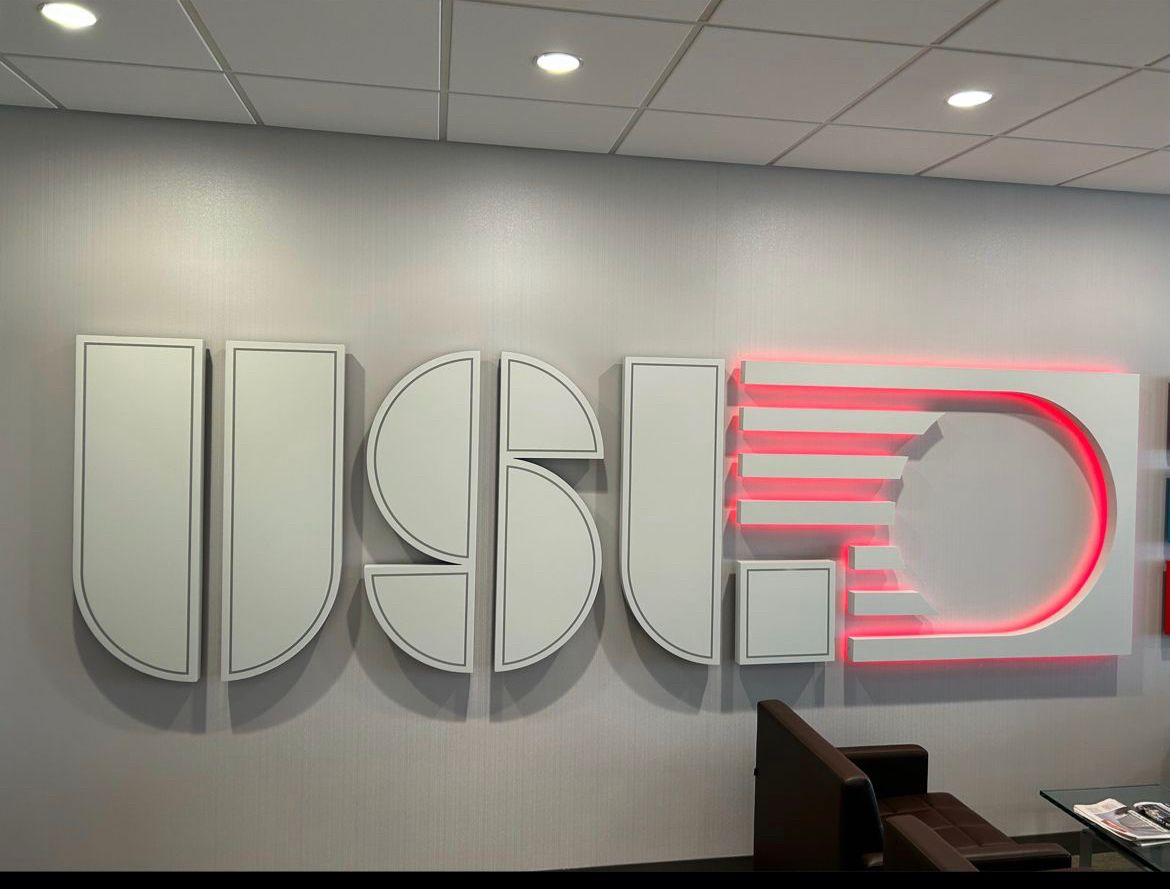
USL made national headlines when they announced on February 13th, 2025, their plans to launch a Division One league, followed by the announcement of promotion/relegation on March 19th for the new Division One league, the Championship, and League One. If sanctioned by US Soccer, USL Division One would be of equal status to MLS and compete for the best major soccer league in the U.S. The implementation of promotion/relegation in the USL would become the first in the U.S. and test the question asked for many years, “would pro/rel work in the U.S.” USL HQ informed the public that they planned to have the inaugural season of Division One during the 2027-2028 season with promotion/relegation beginning in 2028.
Until November 3rd, with the announcement of Tony Scholes being hired as the President of the Division One, only three teams have applied for membership to the inaugural season of Division one: Louisville City, North Carolina FC (who announced at the time of the Scholes news that they would fold until the launch of Division One), and Pittsburgh Riverhounds. There has been a rapid expansion of teams in the already existing leagues since the two announcements. Teams joining League One are: Fort Lauderdale FC (2026 debut), New York Cosmos (2026 debut), Port St. Lucie SC (2027 debut), Sporting Cascades FC (2026 debut), and Rodeo FC (2027 debut). Fort Wayne FC and Sarasota Paradise would also be joining League One from League Two (2026 for both teams). For the Championship, Reno, NV will once again have a team planned for a 2027 debut. Along with those teams, USL is actively working to expand to other markets. The markets and partners they are looking at are Brevard County, FL (Space Coast Pro Soccer), Riverside, CA (Riverside Pro Soccer), Brownsville, TX (City of Brownsville), Winter Garden, FL (Central FL Pro Soccer), Santa Rosa, CA (City of Santa Rosa), and Pensacola, FL (City of Pensacola).
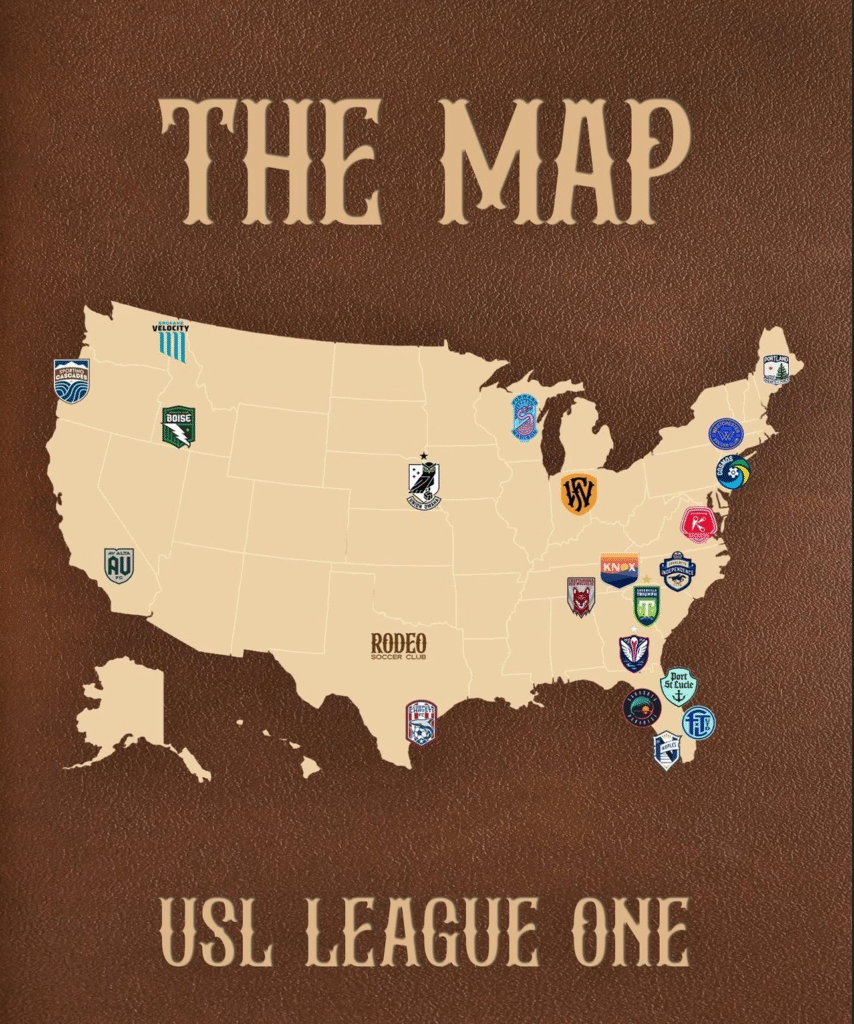
Along with these recently announced teams and partnerships, USL has teams joining the organization just in time for promotion/relegation that were announced prior to the February and March news. Starting with League One, these teams include: Corpus Christi FC (2026 debut) and Athletic Club Boise (2026 debut). As for the Championship, they will be adding Brooklyn FC (2026 debut), Sporting Jax (2026 debut), Atlético Dallas (2027 debut), Milwaukee Pro Soccer (TBD), USL Pro Iowa (TBD), Buffalo Pro Soccer (TBD), and Ozark United FC (2027 debut), while Santa Barbara Sky FC (2027 debut) would replace Memphis 901 FC.
Other than that, news on the Division One and promotion/relegation had been quiet until USL snatched Tony Scholes from the English Premier League. Tony Scholes will be the President of Division and help with the implementation of promotion/relegation. Scholes served as the chief football officer of the EPL and will join USL at the end of the EPL season. As of November 15, 2025, USL Division One has not been sanctioned as a division one league by US Soccer. The hiring of Scholes indicates that they are confident this new league will get approved or they have already been told it will, behind closed doors. The fact that we have not heard news on what the promotion/relegation format would be, and Scholes task would be to help implement it could mean that USL has not come to a decision on one. Since we do not have any ideas on what the format could be, I want to provide a possible option that they could go with.
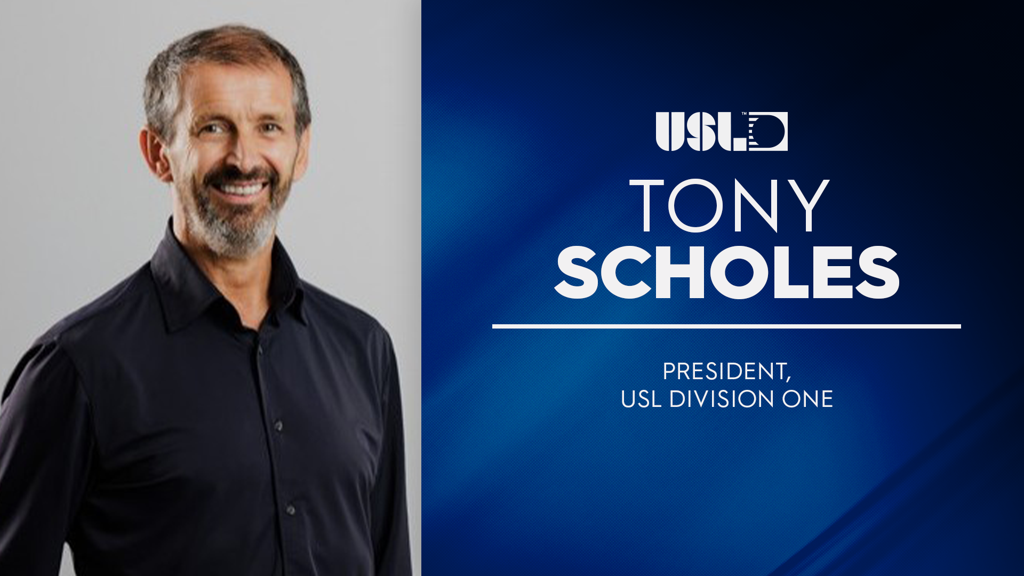
One of the biggest questions people have had since the USL announced promotion/relegation was how they would tie it to the playoffs. There is an option they could do, but it would result in only having one playoff. USL would have a playoff for Division One, but they would eliminate the concept for the Championship and League One. It might not be the most popular idea here in the U.S., but the main goal for the lower leagues is to get promoted, not to win a trophy. They would retain the league title for those two leagues with the winner being the team with the most points at the end of the season, just like how it is in the European leagues. The purpose is to create fairness for the top performing team(s) in the two lower leagues and reduce confusion. If there is a need for a playoff format, they could adopt the format the Bundesliga uses where the 16th best team in the first division and the 3rd best in the second division face-off in a two-leg match to see who would be in the first division the following season. The other option is the Championship concept, where the teams who finished 3rd through 6th in the table compete in a promotion playoff. The semi-finals are two-leg matches while the final is a single-leg match. The winner is promoted to the EPL. The execution of promotion/relegation must be done perfectly to retain fans, gain fans, prevent confusion, and be entertaining.
USL already has a division one league with their women’s Super League, who is competing against the NWSL. Currently, the S League has only nine teams (Brooklyn FC, Carolina Ascent FC, Dallas Trinity FC, DC Power FC, Ft. Lauderdale United FC, Lexington FC, Spokane Zephyr FC, Sporting Jax, and Tampa Bay Sun FC) to the NSWL’s 14 teams (3 teams in the works). The Super League will be adding an additional nine teams (Athletic Club Boise, New York Cosmos, Ozark United FC, Buffalo Pro Soccer, Chattanooga Red Wolves FC, Forward Madison FC, Indy Eleven, Oakland Soul SC, and USL Palm Beach) with all but three to have their inaugural season to be determined. What makes the S League unique from the rest of the soccer leagues in the U.S. is that they use a fall-summer schedule. Competing against a top five women’s league in the world is a tall ask, but it shows the ambitions of USL.
They are also willing to take risks by voting to pass promotion/relegation for the men’s league and have a fall-summer schedule for the S League. If the S League schedule format proves successful, it stands to reason that they would move the men’s leagues to the same schedule. It would also avoid the organization from having to fight MLS for viewership when the leagues are in play, especially when they launch a direct rival and are at their most ambitious point in their history. The same can be done for the S League if promotion/relegation is successful for the men. USL can start establishing lower women’s leagues and introduce promotion/relegation to the women’s game here in the U.S.
Many would say USL still stands no chance at competing against MLS, even with promotion/relegation and having a division one league. That is the case when you look at the quality of the players is finance, but that is the reason why the USL made these decisions based on the reports prior to the announcements and afterwards. Promotion/relegation and the introduction of a division one league could see an increase in investors. We are already seeing that with the likes of Gio Reyna joining Fort Lauderdale as an investor, BellTower Partners investing into USL, Sofia Huerta and Kasey Keller joining the Athletic Club Boise ownership group, and the Chickasaw Nation becoming an investor of the OKC for Soccer just this year alone. Then there is the expansion fee for MLS, MLS Next Pro, and the USL leagues. MLS charges an astounding $500 million! Yes, the money is used to construct a proper stadium, acquire players, etc., but at this point it will discourage many from purchasing a franchise license. MLS currently only has two leagues and one of them is advertised as a development league to prepare for MLS. The expansion fee for an independent team to join MLS Next Pro is unknown, but Sports Business Journal reported in 2024 that it is significantly cheaper than the USL Championship. The fee to join the USL Championship is $20 million while League One is only $5 million. These two fees are significantly lower than MLS and that will be more appealing to potential owners, but unlike the MLS fee, it is not enough for a stadium, training grounds, and players. As for what the fee is to join USL Division One, that is unknown at the moment.
I highly recommend reading the ESPN article by Jeff Carlisle titled “Will USL’s Move to Pro-Rel Change U.S. Soccer, Threaten MLS?” In there, Carlisle discusses the reasons behind the decision and that it is mostly financial. For example, a USL spokesperson said they expect to see an increase in commercial revenue by 15% to 30% due to promotion/relegation. Also, the former owner of San Diego Loyal lost $40 million in 4 seasons. As for the reaction from MLS, we have not heard one yet. The only possible reaction we have seen from them is what the former MLS Next Pro president, Charles Altchek, told to Backheeled back on March 6th, 2025. In the interview, he told them they aim to have 40 to 50 teams and a possible second league with one of the MLS Next Pro leagues being a second division, putting it in direct competition with USL Championship. The biggest question is, whichever league that is, can compete for fans? Due to the Apple TV deal, we currently do not have the ratings of MLS Next Pro. The closest idea we have is the attendance, which is 5,580 for USL Championship per match to MLS Next Pro’s 3,361, according to Transfermarkt. Unlike the attendance, the viewership for USLC is much higher where the season premiere match had 453,000 viewers. MLS Next Pro’s massive expansion plan announcement date was either a coincidence, or MLS got word USL’s promotion/relegation implementation with the division one news, and this was their response. I will let you come to your own decision.
It seems, as of right now, it appears MLS will sit back and wait to see how the USL’s Division One and promotion/relegation will play. Division One and promotion/relegation will either be successful for USL and lead them to the financial success they are hoping for or lead to the possible collapse of USL. American sports fans are not the only ones keeping their eyes on USL now, but the rest of the soccer world is after their two massive news. The coming years are going to be exciting times for American soccer!
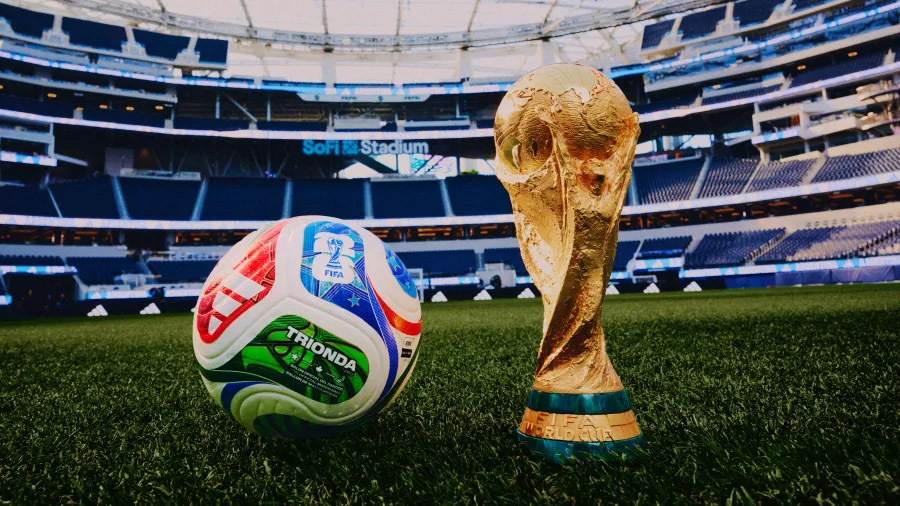
From Maradona to Messi: A Quick Look at World Cups 1986–2022
Thomas Deschaine (@uskeeper on X and us_keeper on Instagram)
A quick look back at the last ten World Cups reveals how the world’s greatest sporting event has evolved and grown through the decades. With over 200 days until the 2026 FIFA World Cup kicks off, here’s a high-level recap of the tournaments that shaped its legacy, and a glimpse of what’s next.
1986 – Mexico
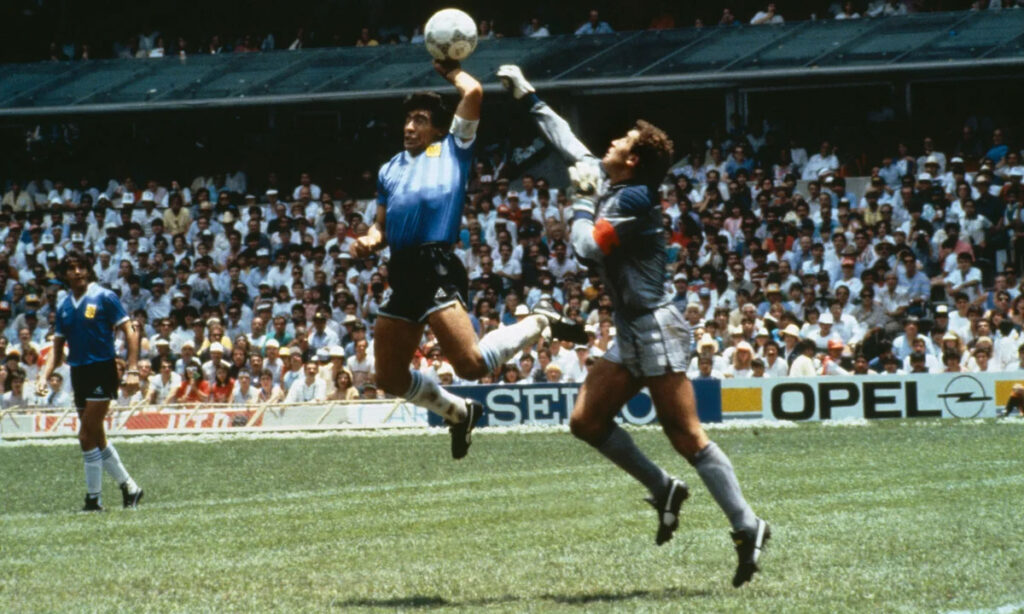
Diego Maradona delivered a World Cup for the ages, scoring both the “Goal of the Century” and the infamous “Hand of God” in the same match, then leading Argentina past West Germany to claim their second World Cup title.
1990 – Italy

The USA returned to the World Cup after a 50-year absence in what became the lowest-scoring tournament in history, as West Germany edged Argentina 1–0 on a late penalty. It marked West Germany’s final World Cup before reunification.
1994 – United States
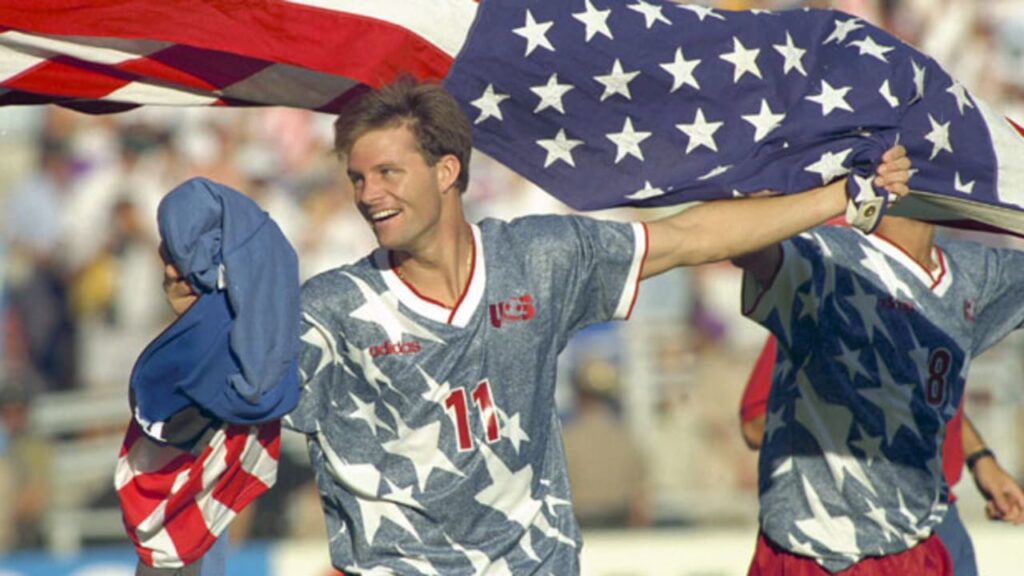
The USA hosted its first-ever World Cup, setting all-time attendance records as Brazil defeated Italy in the tournament’s first final decided by a penalty shootout in front of the largest crowds in US since the 1984 Olympics.
1998 – France
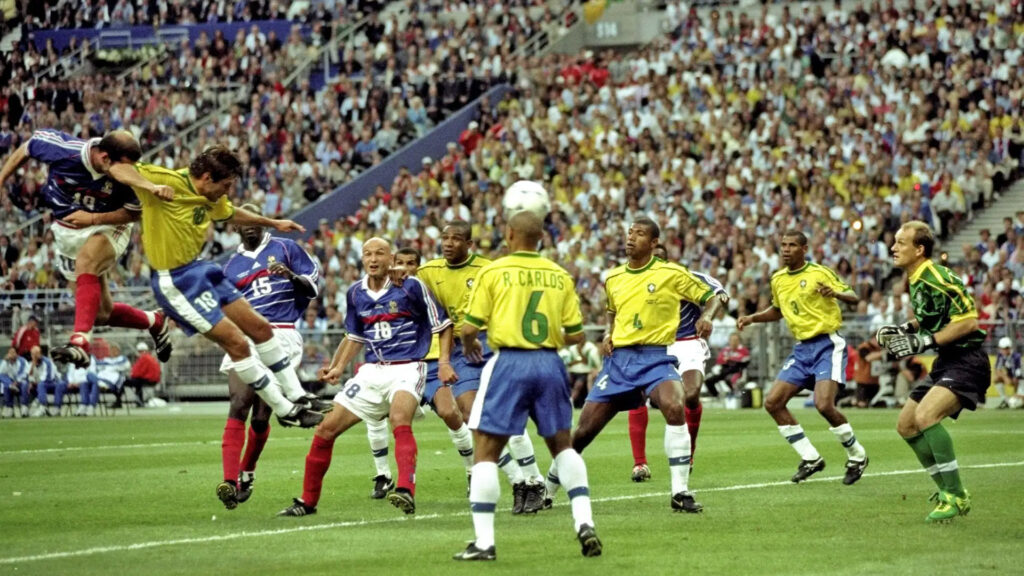
FIFA’s first 32-team World Cup saw host nation France capture its first-ever title, becoming the seventh country to win the trophy. Led by Zinedine Zidane triumphed on home soil with a commanding victory over defending champions Brazil.
2002 – South Korea/Japan
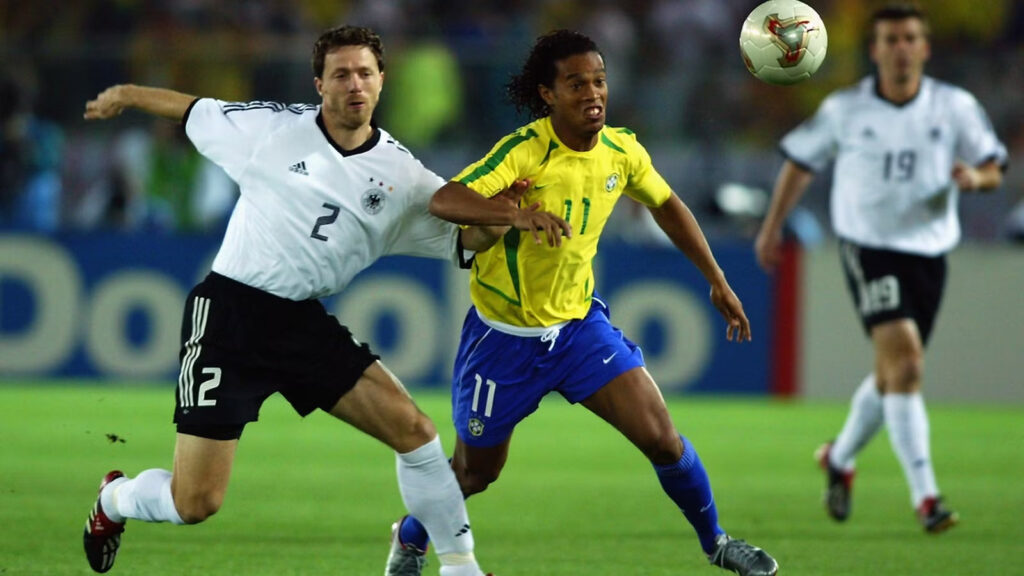
The first World Cup with co-hosting nations saw South Korea stun many by reaching the semifinals, while Brazil claimed their fifth title, powered by Ronaldo’s two goals in the final against Germany.
2006 – Germany

Germany came up short on home soil, losing in extra time to eventual first-time finalist Italy in the semifinal. Italy went on to claim its fourth World Cup, edging France on penalties in a final forever marked by Zidane’s infamous headbutt in extra time.
2010 – South Africa
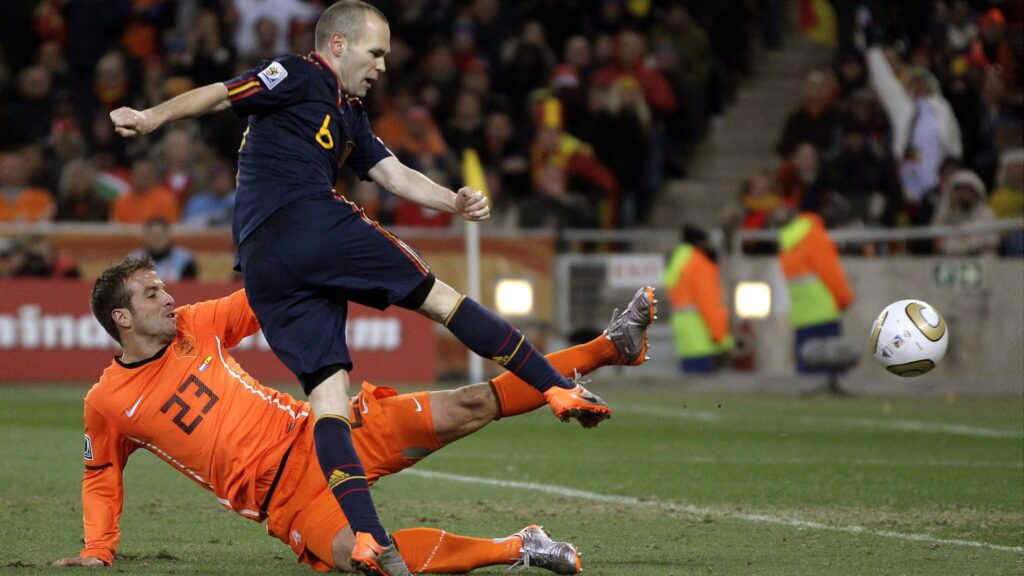
The first World Cup hosted by a CAF nation, South Africa, saw the host nation become the first ever to fail to advance past the group stage. Meanwhile, Spain captured their first World Cup, showcasing their tiki-taka mastery and defeating the Netherlands in extra-time with Andrés Iniesta’s decisive goal.
2014 – Brazil
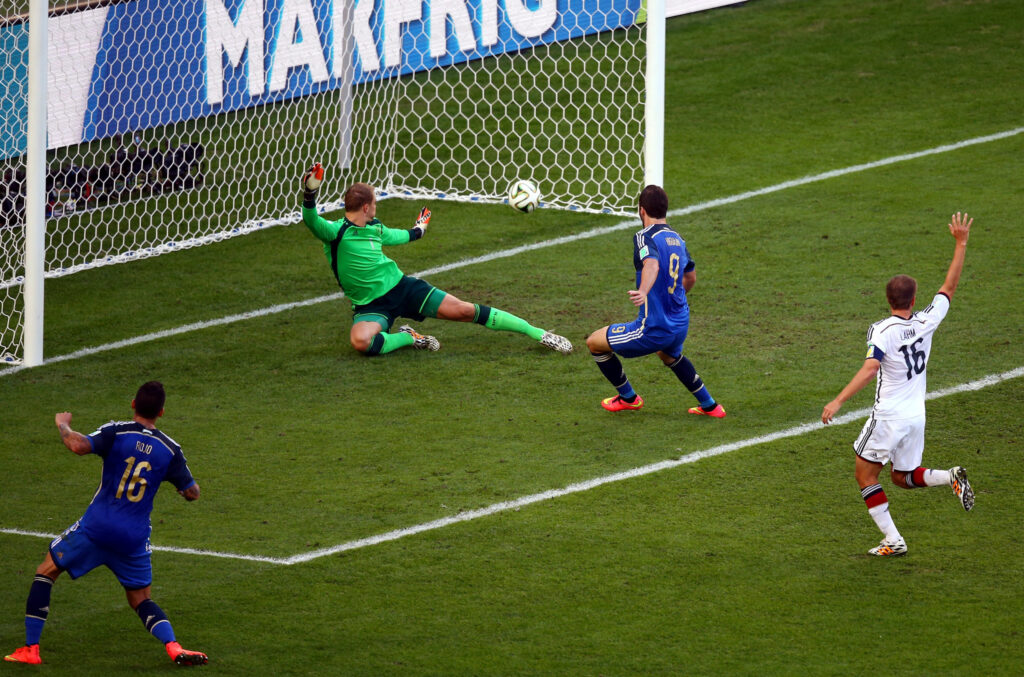
Host nation Brazil reached the semifinals on home soil but suffered a shocking 7–1 defeat to Germany and then fell 3-0 to the Netherlands in the third-place match. Germany went on to defeat Argentina in extra time, with Mario Götze scoring the decisive goal, while Lionel Messi claimed the Golden Ball as the tournament’s best player.
2018 – Russia
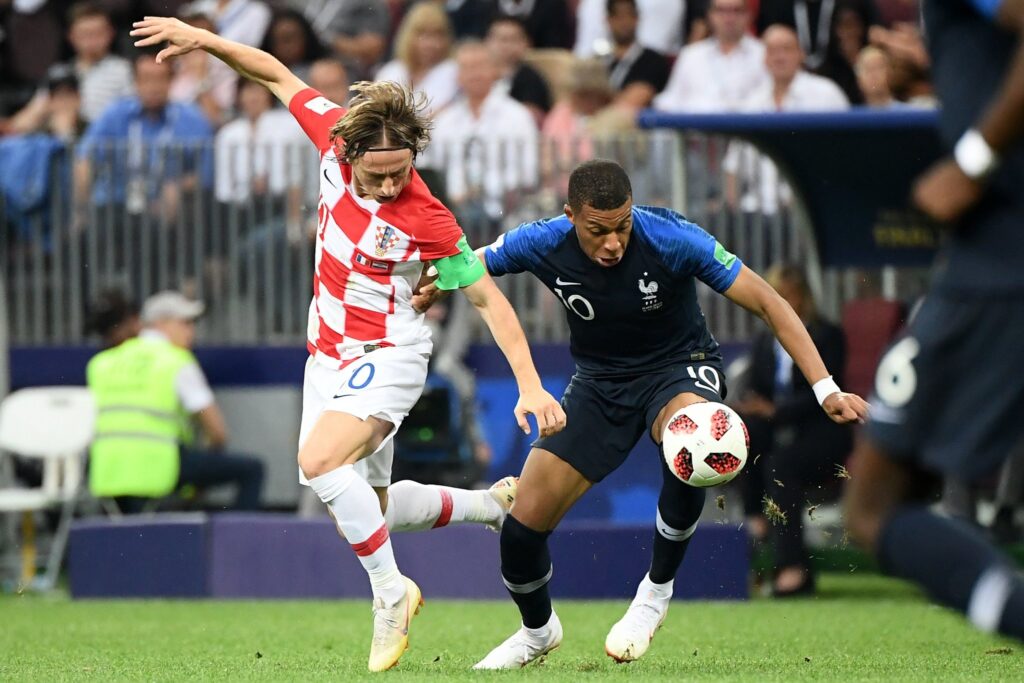
France’s golden generation, spearheaded by tournament Best Young Player Kylian Mbappé, captured their second World Cup title with a thrilling 4–2 victory over Croatia, led by Golden Ball winner Luka Modrić.
2022 – Qatar

The 2022 World Cup, overshadowed by controversies over migrant worker treatment and extreme heat, which pushed the tournament to November and December, ultimately delivered a historic finale. Lionel Messi achieved crowning glory as Argentina triumphed on penalties in a thrilling 3–3 final against France, highlighted by Kylian Mbappé’s hat-trick.
2026 – United States/Mexico/Canada
The 2026 World Cup will feature a major expansion from 32 to 48 teams and, for the first time ever, be hosted by three nations. Mexico will make history as the first country to host matches in three different World Cups, while the United States becomes the sixth nation to host at least twice. What unforgettable moments will define this landmark tournament?
USMNT
One Home or Many? The Debate Over a Primary Venue for U.S. Soccer
Published
1 month agoon
October 16, 2025
Thomas Deschaine (@uskeeper on X and us_keeper on Instagram)
The logics of the United States make it almost impossible for the USMNT or USWNT to have a primary venue to play all of their home matches but a trend of playing in a handful of stadiums has been developing over the last couple of cycles. US Soccer says there are specific factors behind where matches are played, some make sense, while others come across as lazy or lacking creativity.
If and when Major League Soccer aligns with the FIFA calendar and observes international breaks, more MLS stadiums could become available for matches. While not all MLS venues currently feature natural grass, US Soccer has indicated they would be willing to invest in installing grass, though at a cost of around $500K and with potential concerns about surface reliability.
Global Approach to Scheduling
Many of the top-tier international teams play their World Cup qualifiers and other critical matches in a primary venue or two. Here’s a sample of some of those countries and generally where they play based on my research.
Here are some of the more notable nations that play nearly all of their home matches at a single venue, a setup made practical by their smaller size and simpler logistics, which also makes it easier for fans.
Germany and Spain are known for rotating their non-critical home matches across multiple venues.

Argentina-Estadio Monumental (River Plate)
Belgium– King Baudouin Stadium (Brussels)
Colombia-Estadio Metropolitano Roberto Meléndez
England-Wembley Stadium
France– Stade de France (Saint-Denis, near Paris)
Italy-Stadio Olimpico
Northern Ireland-Windsor Park (Belfast)
Norway-Ullevaal Stadion (Oslo)
Portugal– Estádio da Luz (Lisbon)
Republic of Ireland-Aviva Stadium (Dublin)
Scotland-Hampden Park (Glasgow)
Uruguay-Estadio Centenario
Wales-Cardiff City Stadium
What’s in a location?
Here’s a look at the past few cycles, highlighting the USMNT’s home matches and the venues they’ve used. While US Soccer has clarified that they don’t control Gold Cup or Nations League venue selection, a point still under debate, they do manage the locations for Friendlies and World Cup qualifiers and continue to review and adjust those choices.
2026 Cycle (Matches Scheduled Through the end of 2025) – 46 Home Matches – 30 unique cities
So far, half of the USMNT’s home matches in the 2026 cycle have been held across eight venues. Only two more windows, March and May/June, remain for Friendlies before the 2026 World Cup.
- 4-AT&T Stadium, Arlington, Texas
- 4-Energizer Park, previously CityPark, St. Louis, Missouri
- 4-Q2 Stadium, Austin, Texas
- 3-Inter&Co Stadium (previously Orlando City Stadium and Exploria Stadium, Orlando, Florida
- 2-Allegiant Stadium, Paradise, Nevada
- 2-Geodis Park, Nashville, Tennessee
- 2-Rentschler Field, East Hartford, Connecticut
- 2-TQL Stadium, Cincinnati, Ohio
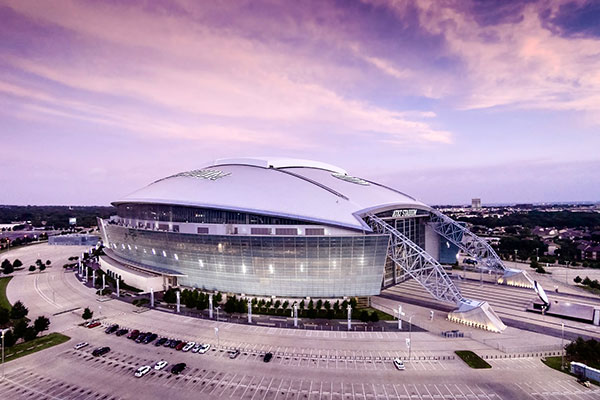
AT&T Stadium, Arlington, TX
2022 Cycle – 43 Home Matches – 24 unique cities
I can almost give US Soccer a pass on city and venue selection during the 2022 cycle, given the global circumstances at the time. That said, it’s interesting that they scheduled three consecutive home World Cup qualifiers in Ohio, with final round two matches in Columbus. Columbus has been a recurring choice, hosting multiple qualifiers in 2014, 2018, and 2022, handling one match each during both the semifinal and final rounds of qualifying in 2014 and 2018.

Lower.com, Columbus, Ohio
2018 Cycle – 47 Home Matches – 33 unique cities
During the 2018 cycle, the USMNT played in a wider variety of cities and venues. Aside from four matches in Carson, California for the January camp, they only repeated a location eleven times.

Dignity Health Sports Park, Carson, CA
2014 Cycle – 43 Home Matches – 29 unique cities
During the 2014 cycle, the USMNT repeated cities twelve times, but only two cities hosted more than two matches: Carson, California, where two of three games were for Camp Cupcake, and Kansas City, Kansas, which hosted three matches.

Children’s Mercy Park, Kansas City, Kansas
2010 Cycle – 35 Home Matches – 18 unique cities
One of the leanest home schedules in recent cycles saw the USMNT play in just 18 different cities, with 11 of them hosting only a single match. Over half of their home games were concentrated in four cities: Carson, California (7 matches); Chicago, Illinois (5 matches); and Foxborough, Massachusetts and Washington, D.C. (3 matches each).
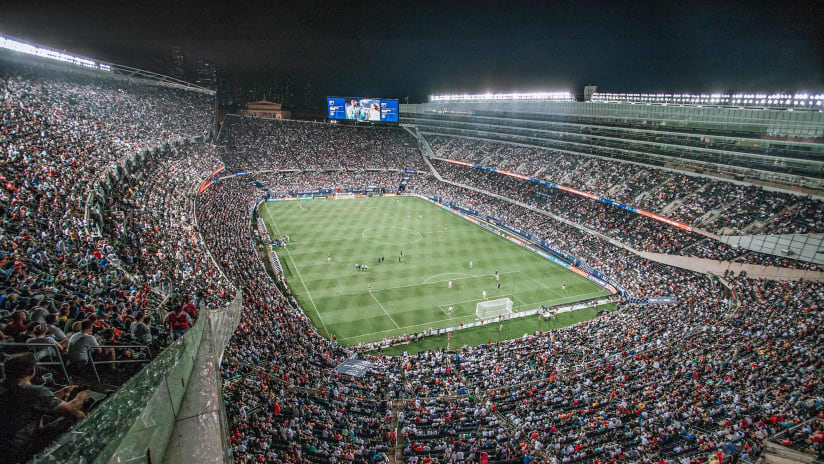
Soldier Field, Chicago, IL
2006 Cycle – 44 Home Matches – 24 unique cities
The USMNT played eight matches in Foxborough, Massachusetts—double the number held in the next two cities, Columbus, Ohio, and Miami, Florida, which each hosted four matches. Notably, the team has excelled in Foxborough, losing only once in 22 games played there.

Foxboro Stadium, Foxborough, MA
2002 Cycle – 38 Home Matches – 16 unique cities
During the 2002 cycle, California was clearly a preferred destination for the USMNT, hosting matches in five different cities across twelve games. Foxborough, Massachusetts, and Washington, D.C. each hosted five matches as well.

Rose Bowl Stadium, Pasadena, CA
1998 Cycle– 40 Home Matches – 21 unique cities
Washington D.C. was the city of choice for the USMNT during the 1998 cycle playing six matches. The USMNT would also play more than two matches in Los Angeles, California (5 matches), Foxborough, Massachusetts (4 matches) and Pasadena, California (3 matches) while playing only one match in twelve other cities.
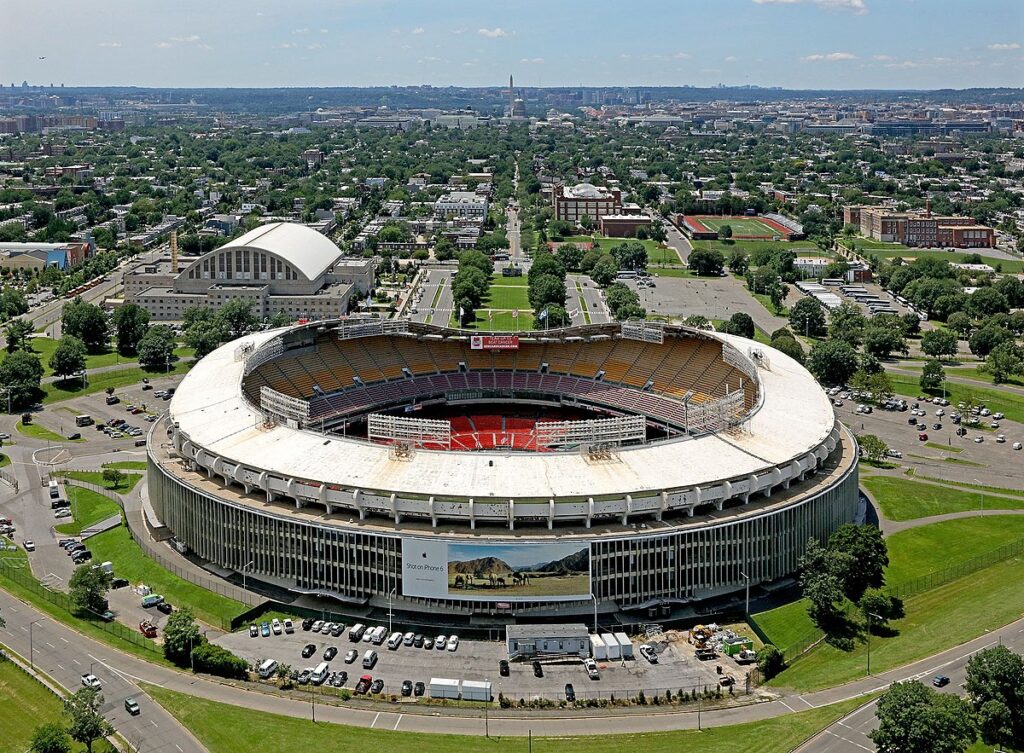
RFK Stadium, Washington, DC
Long Term Venue Strategy
While US Soccer may favor a single venue for most USMNT and USWNT matches, doing so would limit access for thousands of fans across the country. However, with the move to Georgia and the Arthur M. Blank U.S. Soccer National Training Center set to open in early 2026, ahead of the World Cup, it’s likely that future matches will focus on venues within three to four hours of Atlanta. We can expect the majority of games to continue taking place in roughly ten to twelve core cities.
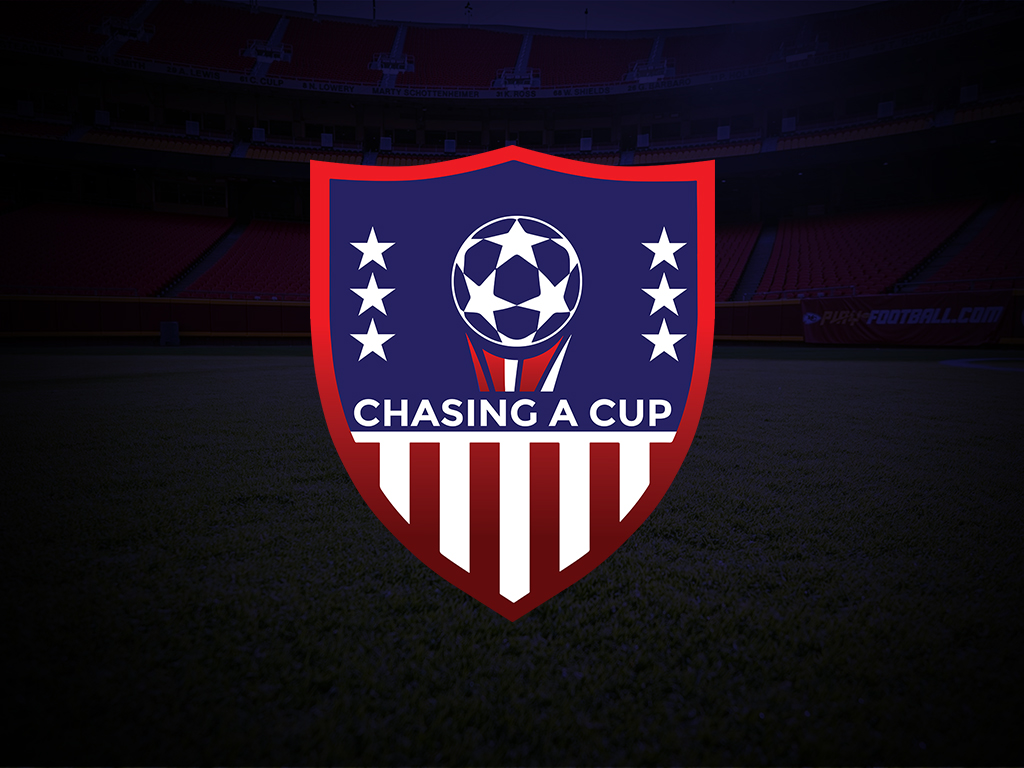

USL’s American Soccer Dream

From Maradona to Messi

One Home or Many? The Debate Over a Primary Venue for U.S. Soccer

Trending
-

 Club News1 year ago
Club News1 year agoAmerican Transfers: Stock Up & Stock Down
-
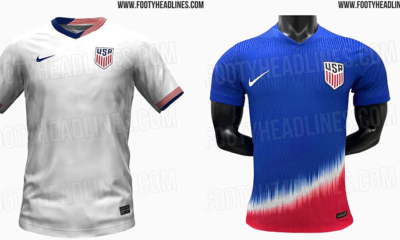
 USMNT2 years ago
USMNT2 years agoUSMNT Kits Come in Different Styles and Colors
-

 Club News6 years ago
Club News6 years agoJulian Vincente Araujo
-
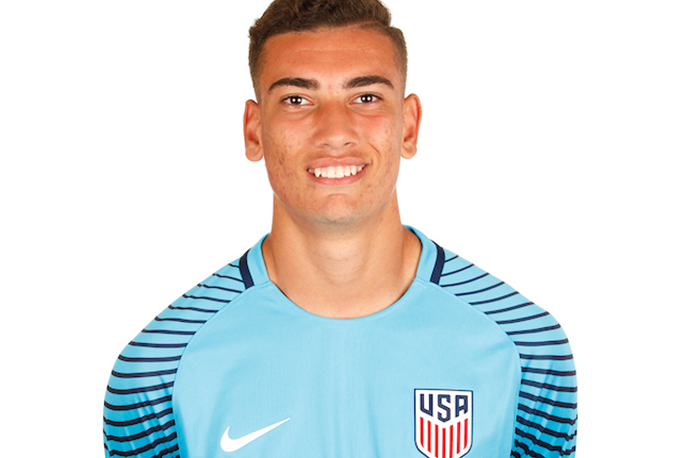
 Club News5 years ago
Club News5 years agoCJ dos Santos, Benfica
-

 USMNT5 years ago
USMNT5 years agoA Hidden Gem: Barça Residency Academy
-
USMNT3 years ago
World Cup Format History
-

 USMNT2 years ago
USMNT2 years agoIs the MLS Specifically Targeting Expansion to USL Cities?
-
USMNT6 years ago
MLS Quota

